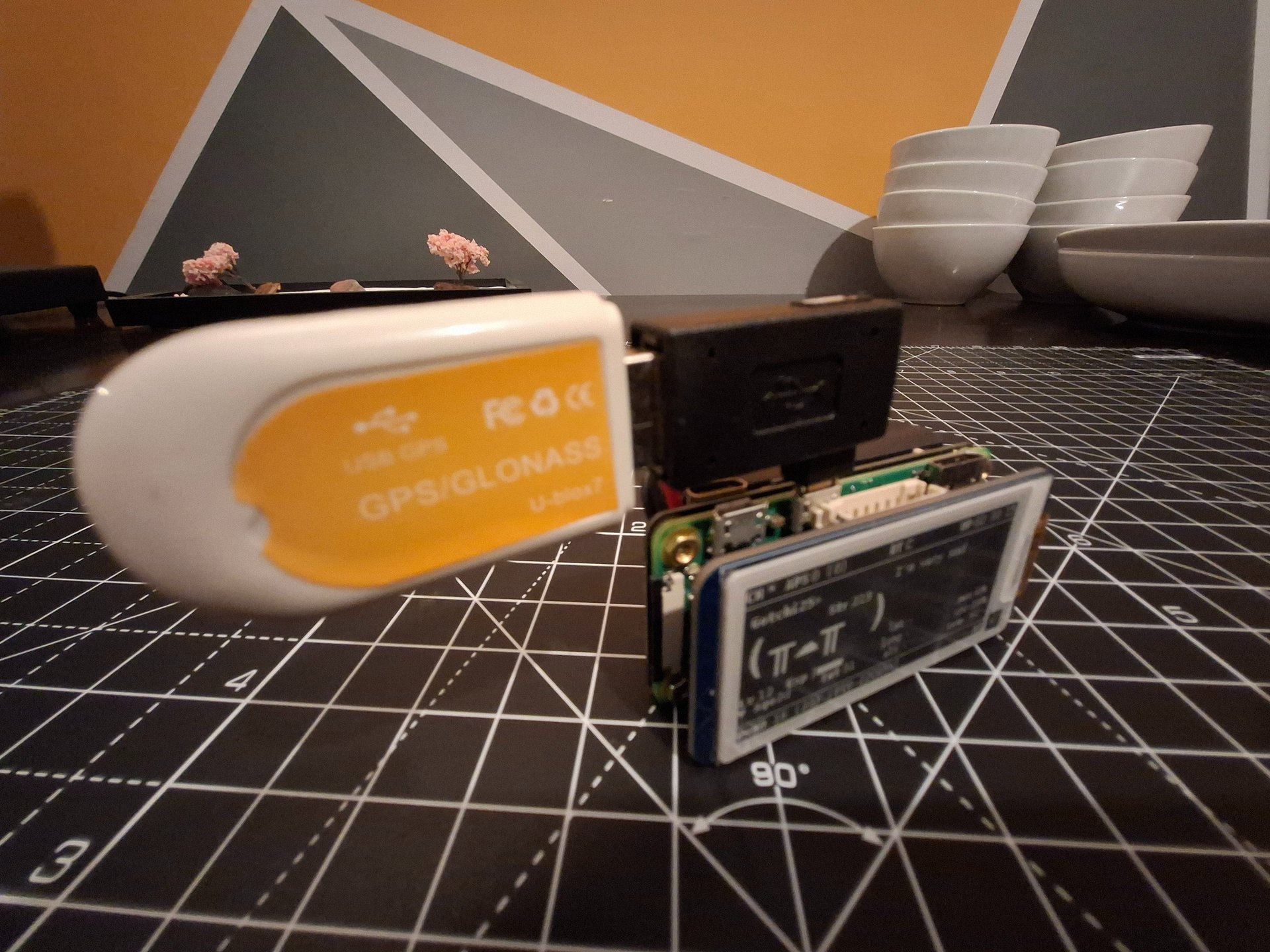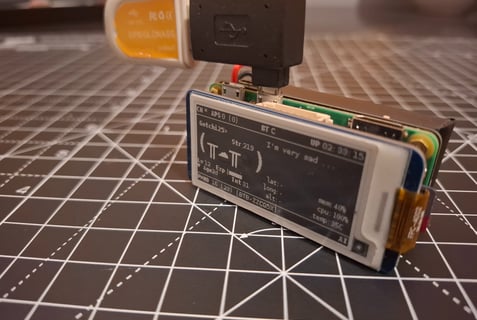
Pwnagotchi
Building My Own Pwnagotchi: A Cybersecurity Adventure
As a network engineer apprentice and cybersecurity enthusiast, I’m always looking for hands-on projects that can expand my understanding of network traffic and security. That’s what led me to embark on the journey of building my own Pwnagotchi—a Raspberry Pi-based tool designed to learn from Wi-Fi environments and provide insights into network vulnerabilities.
Starting the Project
The idea of creating a Pwnagotchi intrigued me not only because it’s a fun and interactive project but also because it has real educational value. I started by researching the components needed, including a Raspberry Pi Zero W, a small e-ink display, and some additional hardware for optional features like GPS. After gathering the required parts, I dived into the software setup.
Overcoming Challenges
Setting up the Pwnagotchi was not without its challenges. Like any good project, the instructions often left gaps that required troubleshooting and problem-solving. Some of the key hurdles I faced included:
Flashing the Image: Getting the Pwnagotchi firmware onto the SD card was straightforward, but configuring the settings to work with my specific hardware took trial and error.
SSH Access: After the initial setup, I needed to SSH into the Pwnagotchi to edit configuration files. This involved setting up a stable network connection and tweaking parameters to ensure the device worked seamlessly.
GPS Integration: One of the enhancements I wanted to include was GPS functionality. This added complexity, as I had to install and configure GPS software, connect the module correctly, and troubleshoot issues with data accuracy and display integration.
File Edits and Customization: The Pwnagotchi's charm lies in its customization potential. Editing YAML files for settings and scripts to add features or improve functionality became a lesson in precision—any misplaced character could render the setup non-functional.


What I Learned
This project was a masterclass in practical problem-solving. I learned to debug issues effectively, delve into Linux-based systems, and understand network traffic on a deeper level. The GPS integration, in particular, provided insight into how additional hardware can interact with and enhance existing systems.
Here are a few key takeaways from the experience:
Persistence Pays Off: Many of the issues I faced required multiple iterations of troubleshooting and testing. Patience and systematic problem-solving were essential.
Understanding Network Security: Watching the Pwnagotchi in action helped me better understand the vulnerabilities in Wi-Fi networks and how tools like this can be used for ethical hacking and research purposes.
Community Matters: The Pwnagotchi community provided valuable resources and advice, reminding me of the importance of collaboration in open-source projects.
What’s Next?
Now that my Pwnagotchi is up and running, I plan to use it for ethical research and learning. The next steps might involve adding new features, like battery optimization or enhanced analytics, and perhaps even documenting the process in more detail to help others embarking on similar projects.
Building a Pwnagotchi wasn’t just about creating a cool gadget—it was about developing skills that will help me throughout my career. It’s a rewarding project that I’d recommend to anyone looking to dive deeper into this fascinating field.
